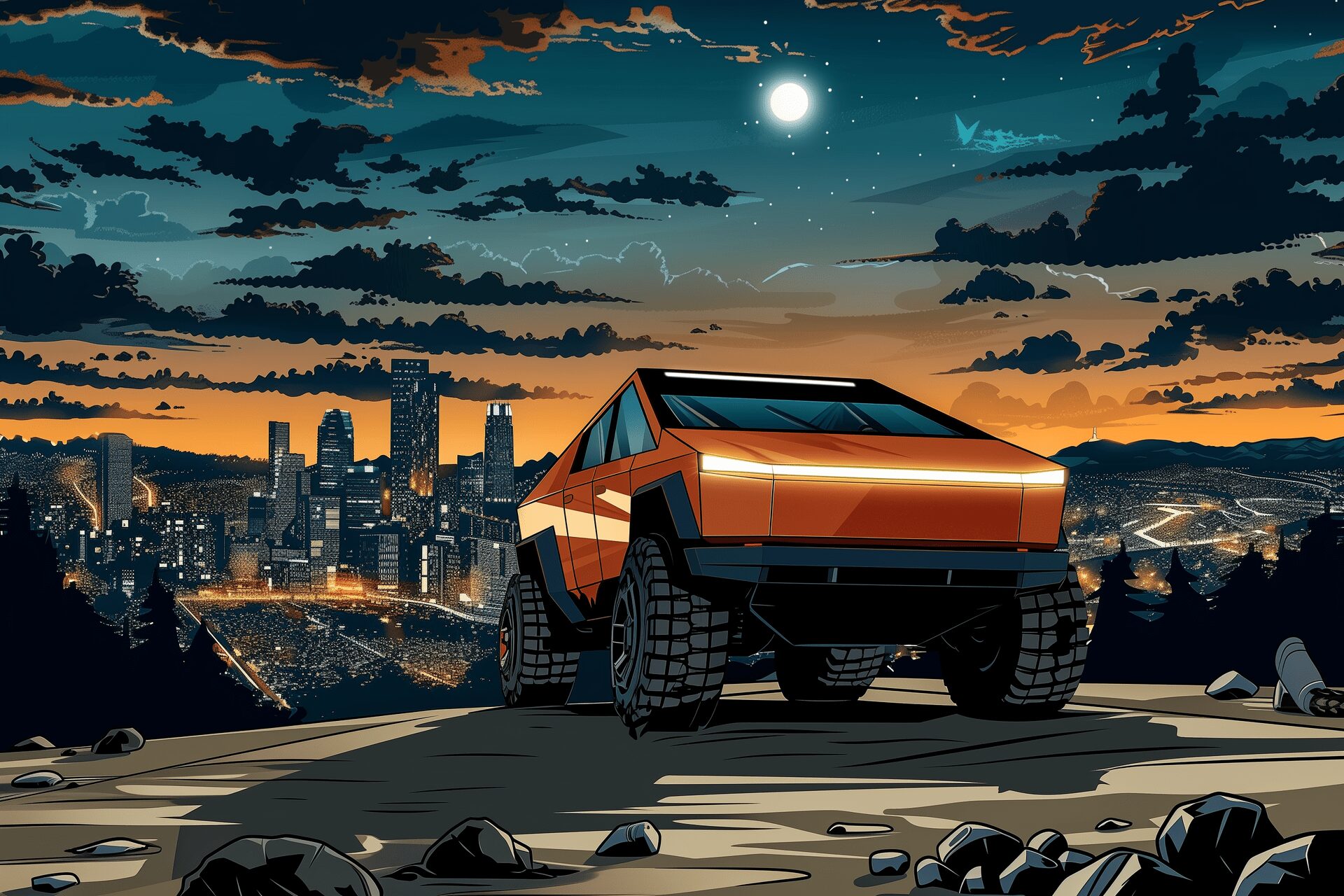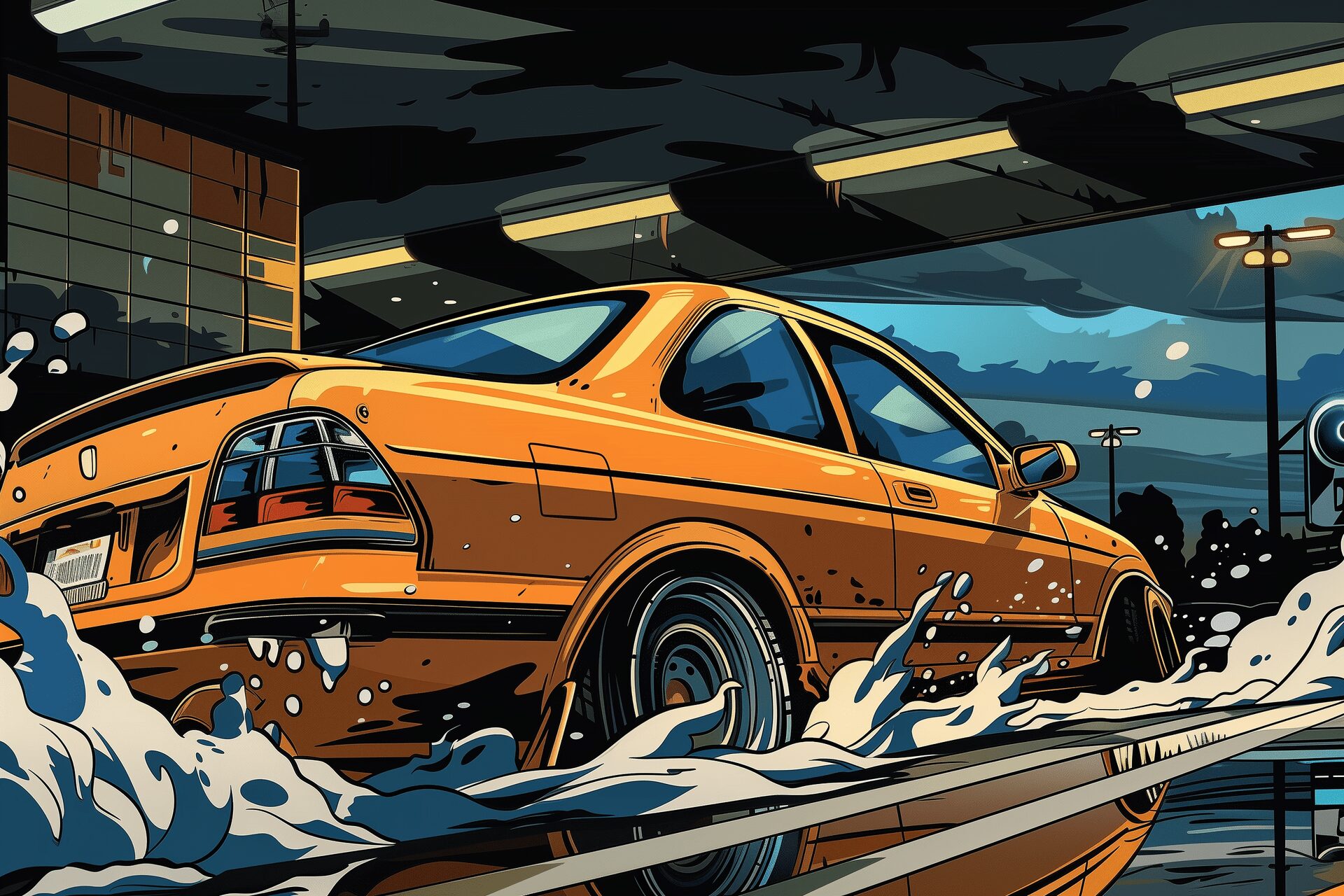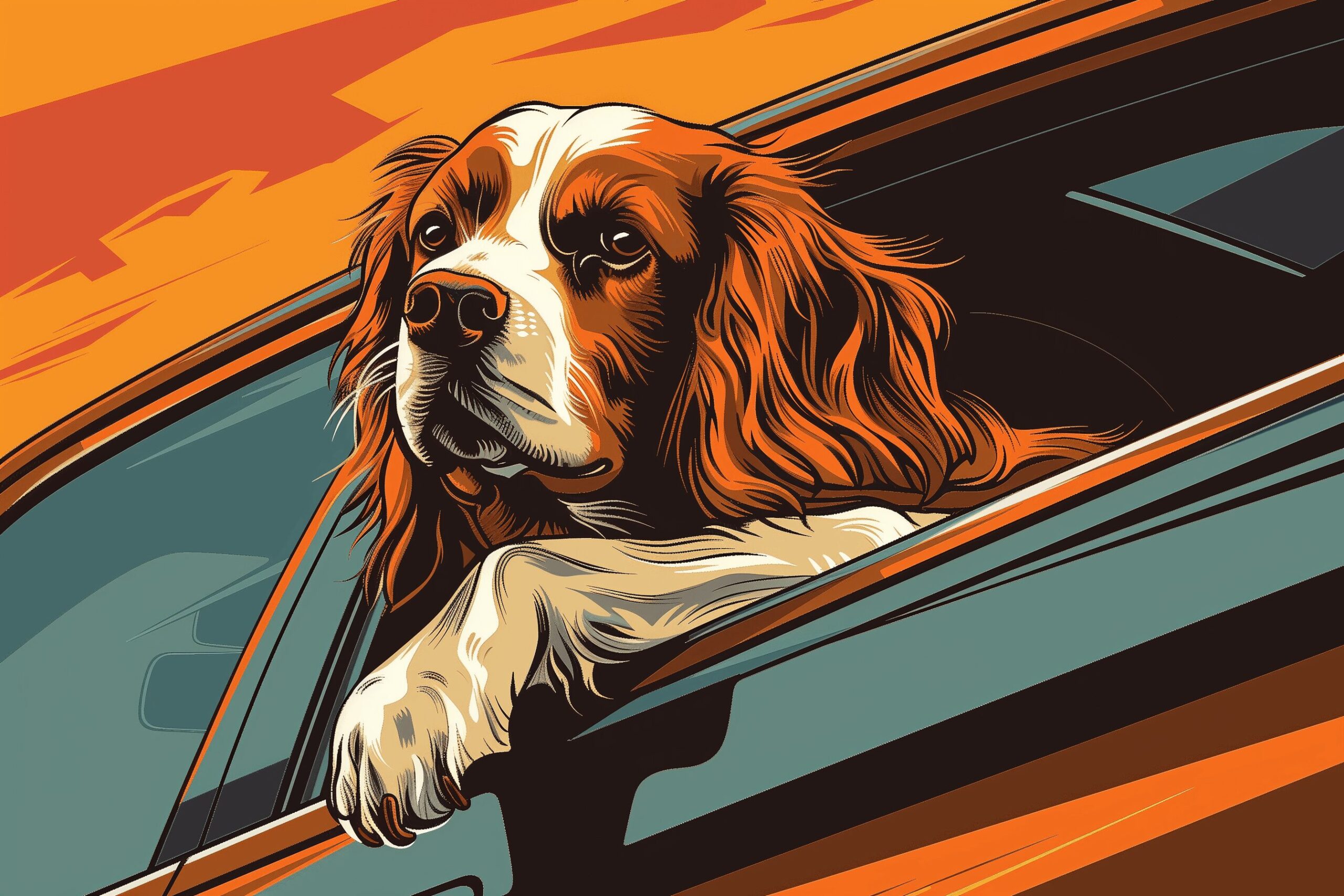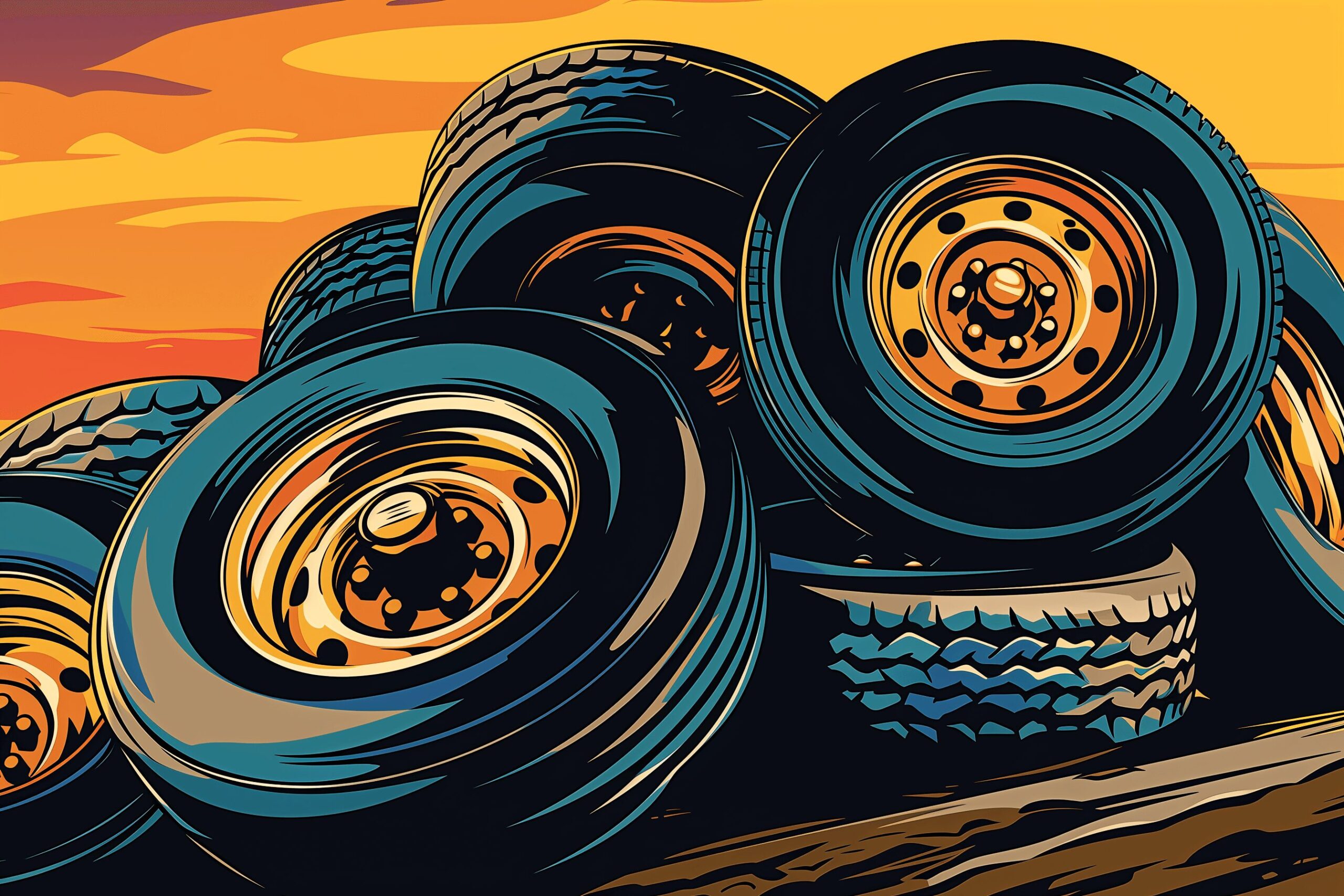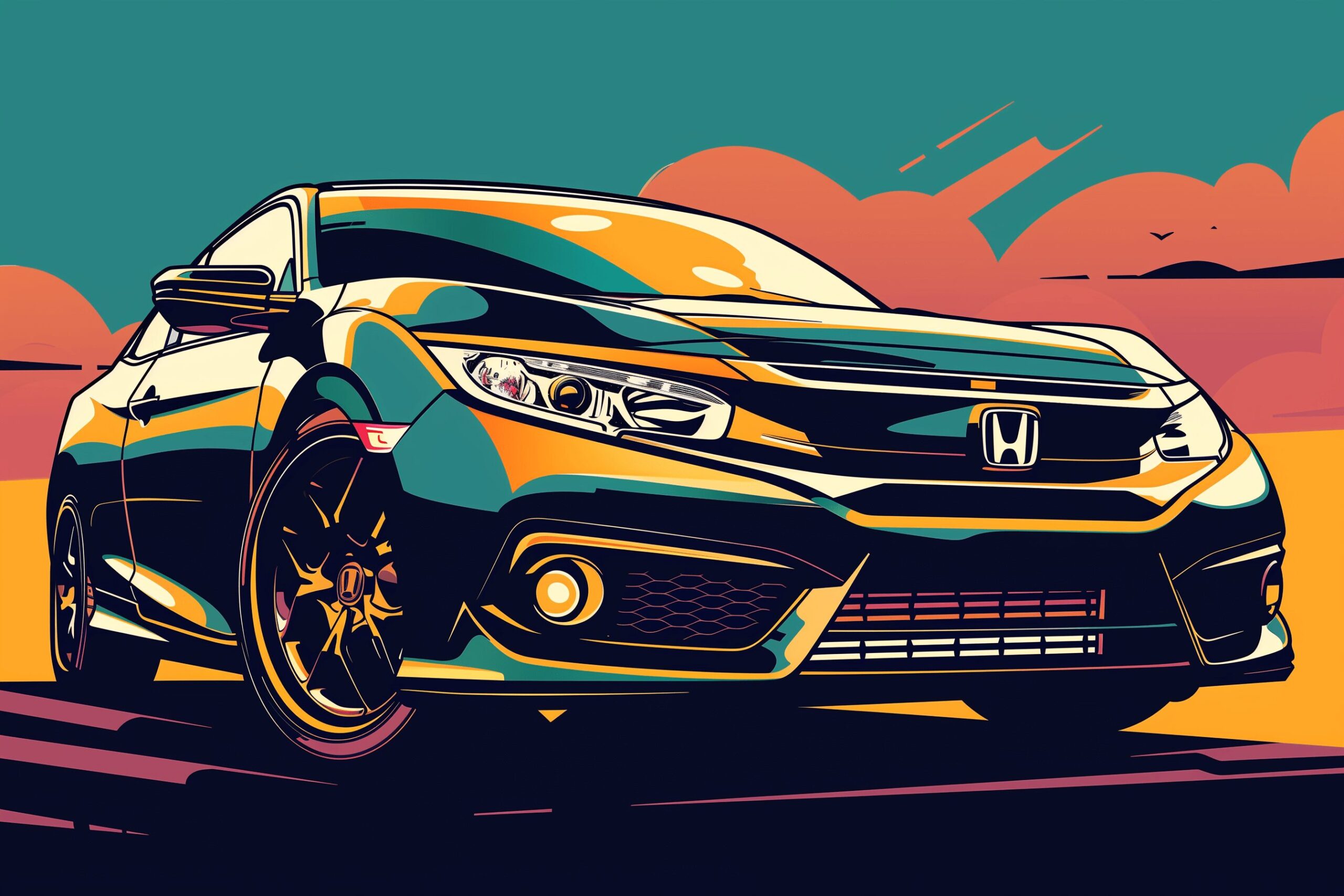Understeering vs. Oversteering: What’s the Difference?
Feb 06, 2023
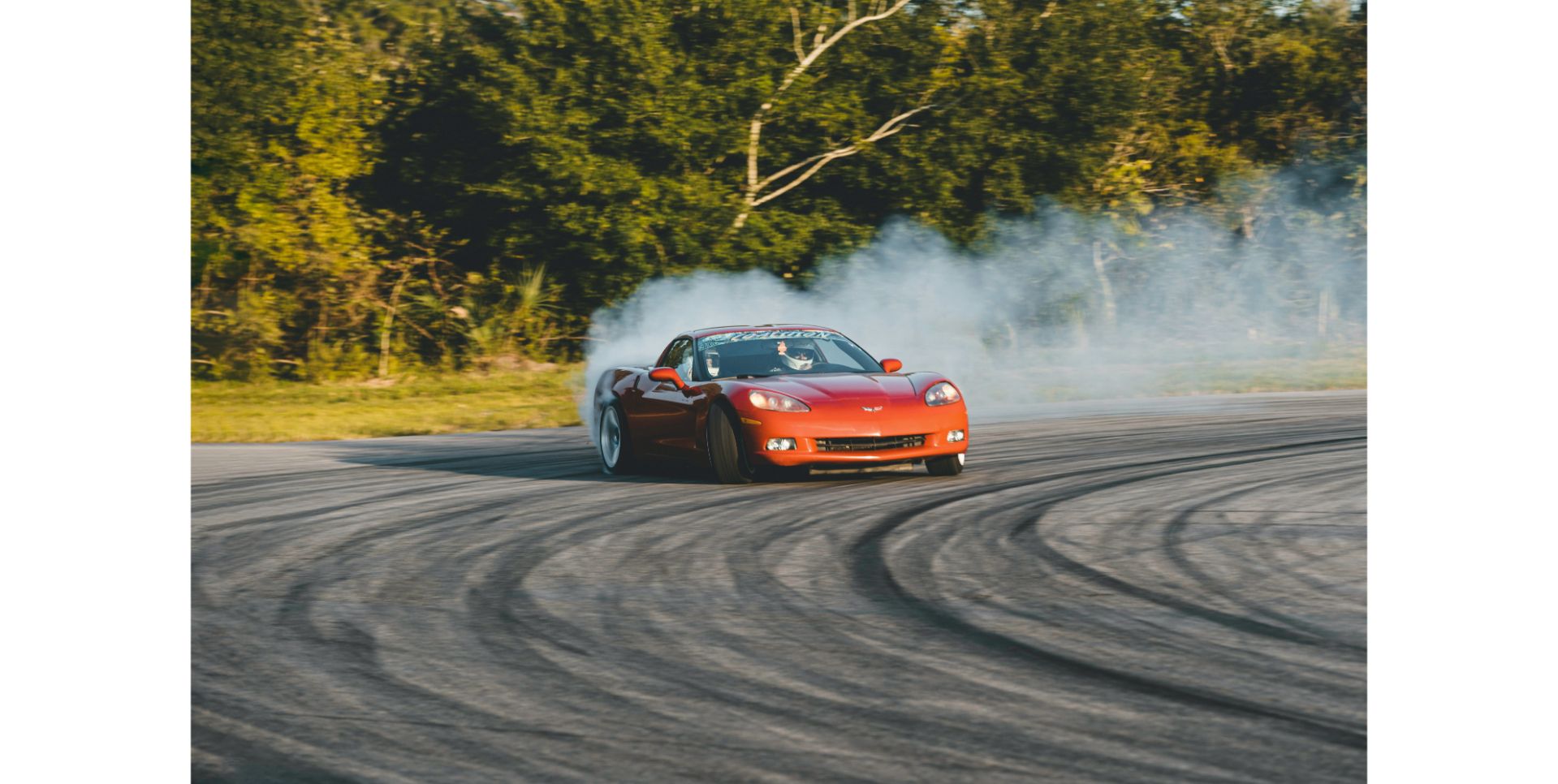
As an Amazon Associate, Modded gets commissions for purchases made through links in this post.
Understeering and oversteering seem like self-explanatory terms, but there’s more to them than meets the eye. Although these problems most often occur in racing sports, they can still happen to average drivers like you and me. Here’s everything you need to know about understeering vs oversteering, and how you can correct these problems.
What is Understeering?
Understeering occurs when a vehicle fails to complete the turn the driver is attempting. For whatever reason, the front tires struggle to gain traction and cause the vehicle to make wider turns than usual. This problem might happen for several reasons:
- Reckless driving: if you approach a turn with too much speed, the tires won’t be able to grip the ground when you turn the steering wheel.
- Slick road conditions: Wet or icy road conditions are the most common causes of understeering. They make all types of turns more difficult and dangerous.
- Off-roading: Unstable off-road surfaces like gravel and sand can also lead to understeering. Most vehicles in these conditions have 4-wheel drive or all-wheel drive, which helps the driver with steering.
- Faulty steering input: If the understeering persists in all road conditions, the most likely problem is a faulty steering input.
How to Correct Understeering
The simplest way to correct understeering is by practicing safe driving habits in all conditions. Take it easy on the gas pedal. If you start to slide while turning, steer into the slide, keeping the tires in the direction you want to go. Don’t try to counteract your car’s momentum by turning the other way. Keep the steering wheel steady until you feel the traction return to your front tires.
You can also make some mechanical tweaks to your vehicle to limit the effects of understeering:
- Get new front tires
- Soften the anti-roll bar
- Attach a front splitter to increase your car’s downforce
If all of the above adjustments fail, your steering wheel is the problem. It’s best to take your vehicle to a professional in this scenario. Otherwise, you should be able to fix the understeering problem yourself. You can also use vehicle telematics to monitor your car’s health and help you improve your driving habits.
What is Oversteering?
Oversteering occurs when the vehicle turns more than expected, causing the vehicle to drift sideways. The main difference between understeering vs oversteering is the entertainment aspect. Oversteering is almost always intentional and supposed to be fun, while understeering is unintentional and dangerous.
Oversteering can be the result of three driving behaviors:
- Exaggerated trail braking
- Lifting off the throttle in a low gear while steering
- Slamming the throttle in a high gear while steering
Oversteering is most common in rear-wheel drive vehicles, but you can also pull it off in AWD and 4WD cars. By trail braking or lifting off the throttle, you shift the vehicle’s weight to the front tires and cause the back tires to slide. By slamming on the throttle, you overpower the back tires’ traction and cause them to spin, creating lateral momentum.
Slippery road conditions can exacerbate the effects of oversteering, but it’s almost impossible without the above intentional maneuvers.
How to Correct Oversteering
If you drive like a normal person, you won’t have a problem with oversteering. Only drivers with a high level of expertise and confidence should attempt oversteering. Drifting is not as easy as those car videos on YouTube and Instagram make it look. You could easily lose control of the vehicle if you’re unfamiliar with the sensation of oversteering.
Take Your Turns Slowly
Many drivers have a bad tendency to underestimate turns and bends in the road. They either approach the turn too fast or don’t time the brakes properly, causing the vehicle to understeer. Oversteering is less common and more intentional. In any event, you should take your turns slowly. There’s no rush. Safety is always the top priority.

